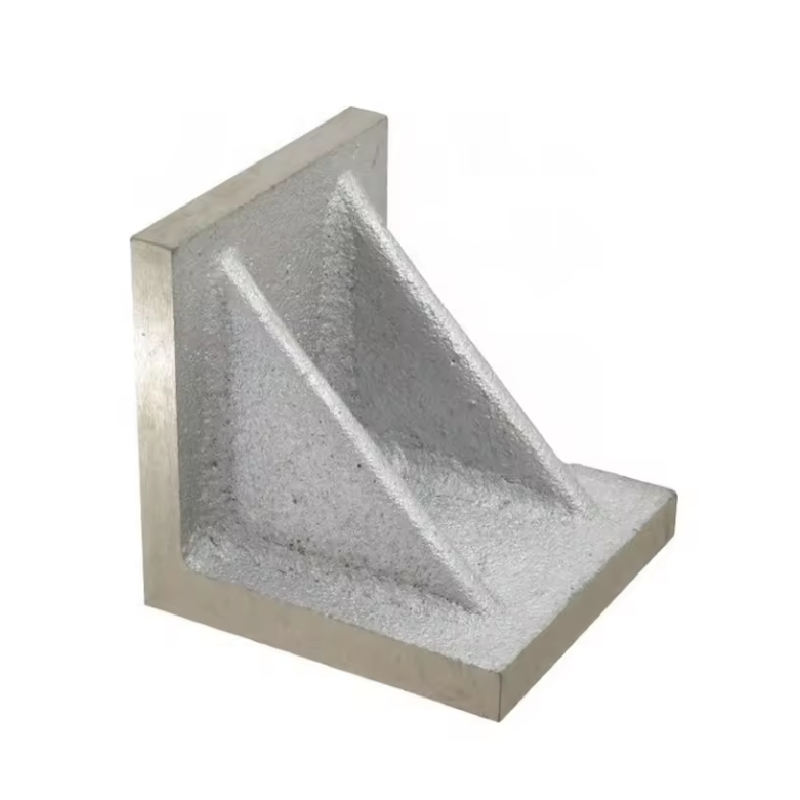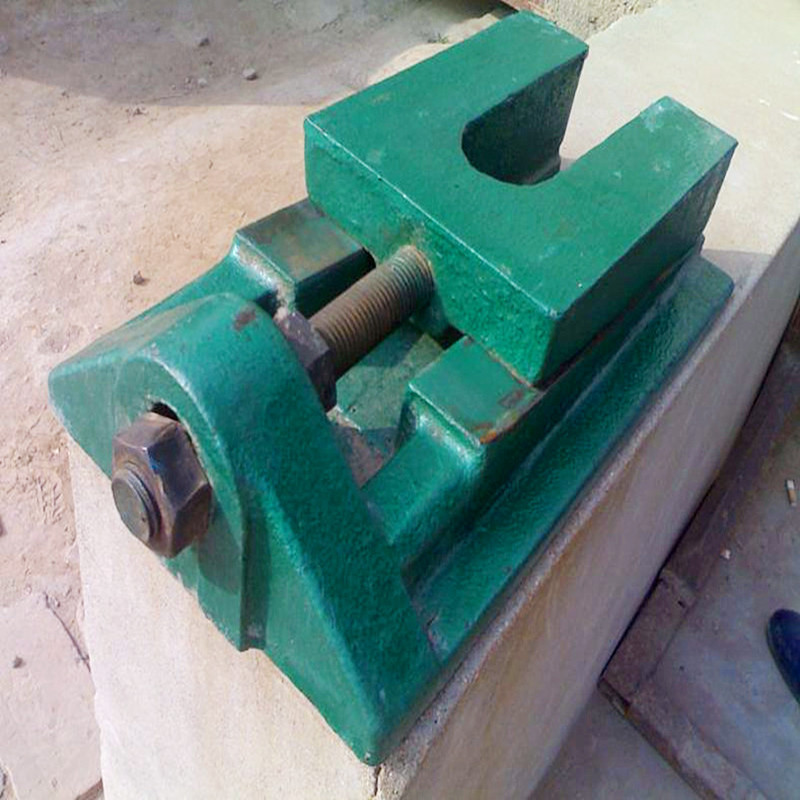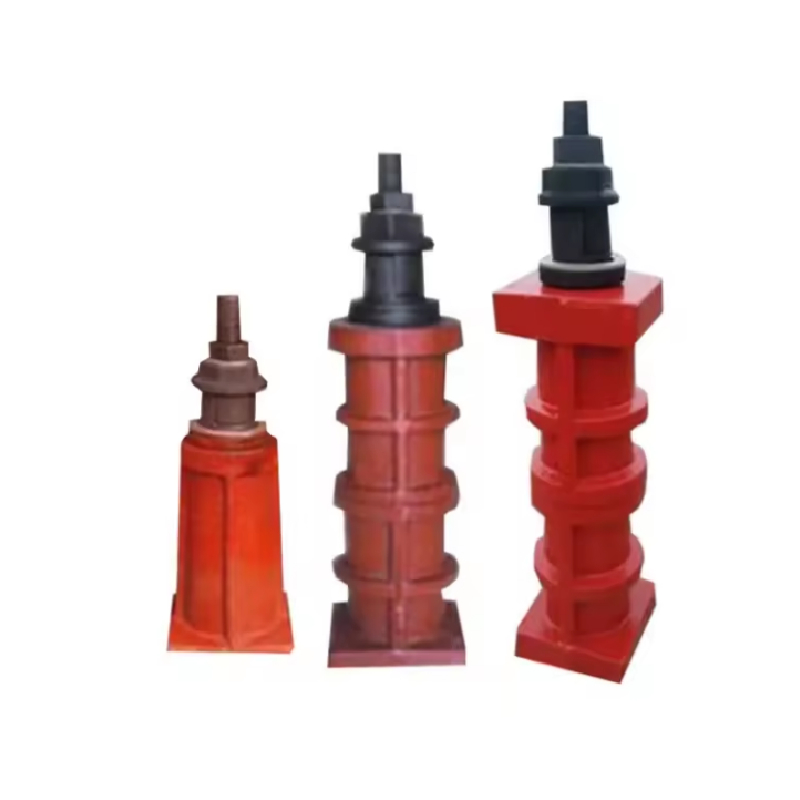ജുലാ . 07, 2025 07:08 Back to list
High-Performance Anti Vibration Mounting Pads for Industrial Machines Durable Vibration Mounting Pad Solutions
- Introduction to anti vibration mounting pads
and their relevance in industrial settings - Technical advantages of contemporary vibration mounting solutions
- Comparative analysis of prominent anti-vibration pad manufacturers
- Customization options to meet diverse industrial demands
- Real-world applications and case studies in industrial equipment
- Installation guidelines and maintenance best practices
- Conclusion: The future outlook of anti vibration mounting pads in industrial optimization

(anti vibration mounting pads)
Understanding the Value of Anti Vibration Mounting Pads
Anti vibration mounting pads play a pivotal role in prolonging equipment lifespan and maintaining operational stability within industrial environments. These vibration mounting pads serve as protective buffers, absorbing and isolating mechanical vibrations generated by heavy-duty machines such as compressors, HVAC systems, and pumps. According to a 2021 report by Global Industry Analysts, the vibration control market is expected to reach $42.2 billion by 2026, a testament to the growing demand for effective vibration solutions.
The need for reliable anti vibration mounting pads stems from the rising awareness of equipment failure costs and safety hazards. Unchecked vibrations can lead to material fatigue, loosened fasteners, misalignment, and even catastrophic breakdowns. It is estimated that industrial facilities lose up to 10% of their annual revenues due to unplanned downtimes, much of which could be attributed to vibration-induced wear and tear.
Consequently, businesses are seeking advanced solutions like industrial machine anti vibration pads to ensure sustained operational performance. Furthermore, regulatory standards such as ISO 10816 underscore the necessity for vibration monitoring and attenuation, making high-quality mounting pads an industry staple.
Technological Advancements in Modern Vibration Mounting Pad Designs
The evolution of vibration mounting pad engineering has yielded materials and designs that offer significant performance improvements over previous generations. Traditional rubber pads have given way to composites involving neoprene, cork, and thermoplastic elastomers, combining high load-bearing capacities with superior dampening properties.
A major advancement is the multilayer construction that distributes vibrational energy across multiple absorption zones, reducing transmitted vibration by up to 85% compared with single-layer counterparts. Additionally, modular pad systems now allow for stackable configurations, enabling tailored load-distribution for equipment exceeding standard weights.
Table 1: Vibration Damping Performance Across Materials (Source: Industrial Testing Labs 2023)
| Material | Dynamic Load Rating (kg/cm²) | Max Vibration Damping (%) | Temperature Range (°C) |
|---|---|---|---|
| Natural Rubber | 5.5 | 68 | -20 to 70 |
| Neoprene | 7.2 | 82 | -30 to 90 |
| Composite Elastomer-Cork | 8.0 | 85 | -40 to 120 |
Comparative Overview of Leading Industrial Anti-Vibration Pad Manufacturers
The anti vibration mounting pads market features several global manufacturers, each offering specialized products tailored for unique industrial needs. Decision-makers often base their choices on parameters such as load ratings, service temperature, longevity, and after-sales support. The following comparative table highlights some leading brands:
Table 2: Industrial Manufacturer Comparison (2024)
| Brand | Material Type | Load Capacity (per pad) | Max Damping (%) | Warranty (Years) |
|---|---|---|---|---|
| Kinetics Noise Control | Neoprene/Elastomer | 5500 kg | 82 | 5 |
| VibraSystems | Composite | 6500 kg | 85 | 3 |
| Fabreeka | Elastomer-Cork | 8000 kg | 84 | 10 |
| Enidine | Rubber/Metalized | 4800 kg | 76 | 7 |
Customization Solutions for Diverse Industrial Applications
Industrial applications span an immense range of operational scenarios, necessitating bespoke vibration mounting pad designs. For example, plants operating in subzero climates require materials maintaining flexibility at -40°C, while chemical processing facilities demand pads with enhanced resistance to hydrocarbon exposure.
Customization might involve material selection, shape optimization (such as sandwich, waffle, or pyramid structures), or integrating embedded sensors for real-time vibration monitoring. Leading suppliers often work with clients to design tailored pad configurations that perfectly align with baseplate dimensions, static and dynamic loads, and even aesthetics for visible installations.
A notable trend in the sector is the upsurge of smart manufacturing solutions—some customizable pads are now embedded with industrial IoT sensors. These can transmit vibration data to plant management systems, enabling predictive maintenance schedules for critical assets.
Applications and Case Studies: Maximizing Industrial Efficiency
A wide spectrum of industries leverages anti vibration mounting pads to overcome operational challenges and optimize productivity. One illustrative example is a global automotive assembly plant that upgraded its stamping presses with high-damping pads, reducing structural vibration transmission by 72%. This dramatically decreased unscheduled maintenance events and improved product uniformity.
In the high-rise construction sector, industrial machine anti vibration pads have enabled the safe installation of rooftop chillers, preventing resonance effects that might compromise building integrity. Data centers increasingly deploy vibration mounting pads beneath sensitive servers, ensuring the highest data integrity standards.
Case Study Table: Application Results Across Sectors
| Industry | Application | Pad Type | Reported Outcome |
|---|---|---|---|
| Automotive Manufacturing | Press Line Isolation | Neoprene Multilayer | 72% reduction in downtime |
| Data Centers | Server Racks | Cork Composite | 99.8% uptime maintained |
| Construction | Chiller Mounting | Elastomer Sandwich | Eliminated structural resonance |
| Pharmaceutical Processing | Precision Scales | Polymer Foam | Improved accuracy by 54% |
Installation and Upkeep: Maximizing the Life of Your Vibration Mounting Pads
Proper installation is essential to maximizing the performance and operational lifespan of vibration mounting pads. Begin by validating load calculations to ensure pads aren't operating at excess capacity, which could accelerate material fatigue. Level the mounting surface precisely, and always employ washers or mounting brackets as specified by the manufacturer.
Maintenance should include quarterly inspections for signs of compression, tearing, or chemical degradation. In environments with fluctuating temperatures or heavy contaminants, schedule more frequent checks. Cleaning involves using mild detergents to remove debris, never abrasive chemicals that could degrade the compound.
A recommended best practice is to track pad performance via periodic vibration analysis. This allows early detection of performance decay and timely replacement, ensuring continuous protection for high-value equipment.
The Outlook for Anti Vibration Mounting Pads in Industrial Optimization
As industrial systems grow ever more complex, the adoption of advanced anti vibration mounting pads is expected to accelerate. Modern environments are prioritizing sustainability, extended asset lifecycle, and predictive maintenance—all functions enhanced by high-performance vibration isolation. The convergence of material science innovation and data-driven analysis will likely yield even smarter solutions in coming years.
For any facility aiming to minimize downtime, extend the longevity of expensive assets, and comply with increasingly stringent safety regulations, investing in tailored anti vibration mounting pads is both a preventive and progressive strategy.
By embracing continuous improvement and technological collaboration, the role of anti vibration mounting pads will only grow, supporting the dynamic evolution of worldwide industrial operations.

(anti vibration mounting pads)
FAQS on anti vibration mounting pads
Q: What are anti vibration mounting pads?
A: Anti vibration mounting pads are specialized cushions designed to absorb and minimize vibrations from machinery. They reduce noise and prevent equipment damage. These pads are essential in industrial environments.Q: How do vibration mounting pads benefit industrial machines?
A: Vibration mounting pads protect industrial machines by dampening vibrations and reducing noise levels. This extends equipment lifespan and ensures smoother operation. They're a cost-effective solution for machinery stability.Q: Can I use industrial machine anti vibration pads for heavy-duty equipment?
A: Yes, industrial machine anti vibration pads are specifically engineered to support heavy-duty equipment. They provide excellent vibration isolation even under substantial loads. Always select pads rated for your machine's weight.Q: How do I choose the right size of anti vibration mounting pad?
A: Select a pad based on your machine's weight, size, and vibration frequency. Manufacturers often provide guidelines for pad selection. Correct sizing ensures maximum vibration reduction and machine stability.Q: Are anti vibration mounting pads easy to install?
A: Most anti vibration mounting pads are designed for easy, tool-free installation. Simply place them under your machine's feet or base. This makes them convenient for both new and existing equipment setups.-
Water Valve Gate Design Prevents Leakage and CorrosionNewsJul.11,2025
-
Steel Fab Table Features Reinforced Construction for LongevityNewsJul.11,2025
-
Specialized Valve Designs for High Pressure SystemsNewsJul.11,2025
-
Machinist Gauge Pins Feature Ground and Lapped FinishesNewsJul.11,2025
-
Hose Check Valve Prevents Backflow in Irrigation LinesNewsJul.11,2025
-
Durable Micrometer Tools Withstand Heavy Workshop UseNewsJul.11,2025
Related PRODUCTS









